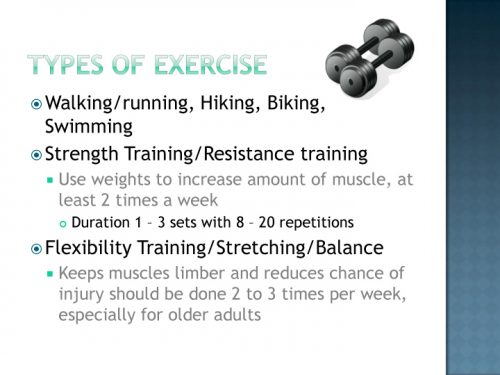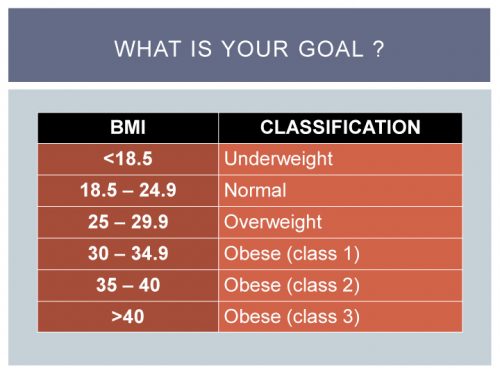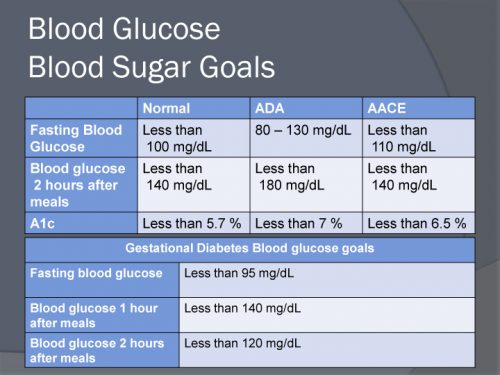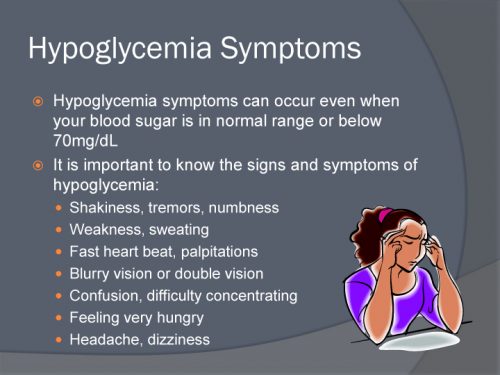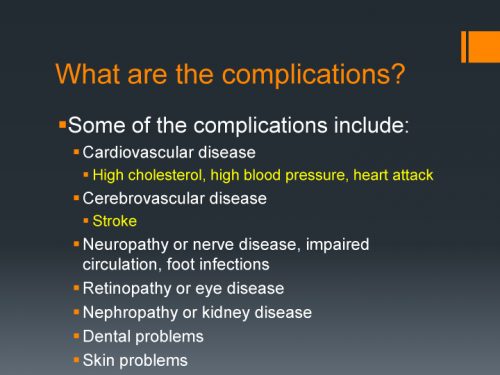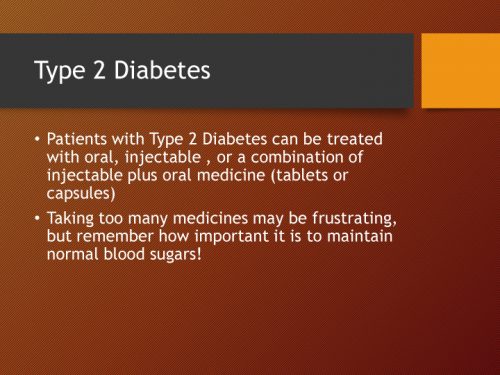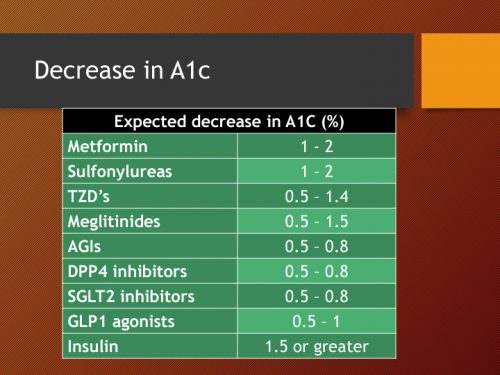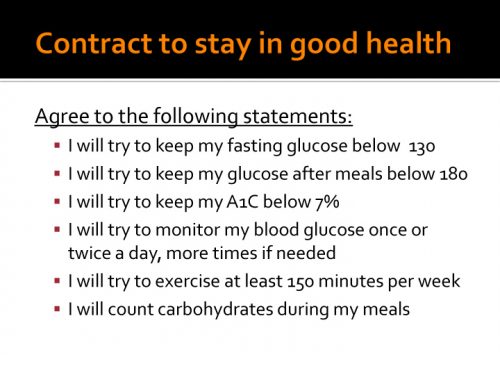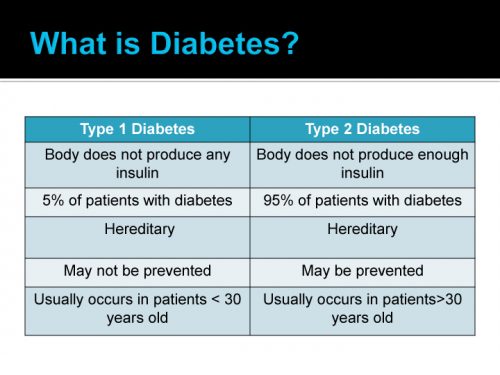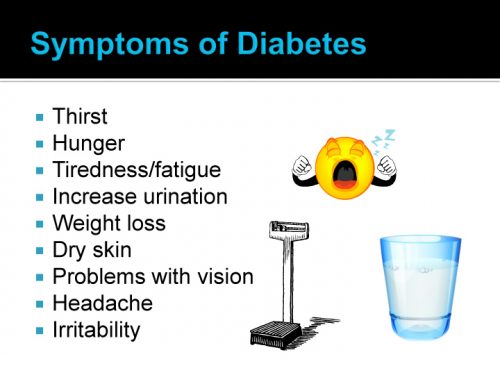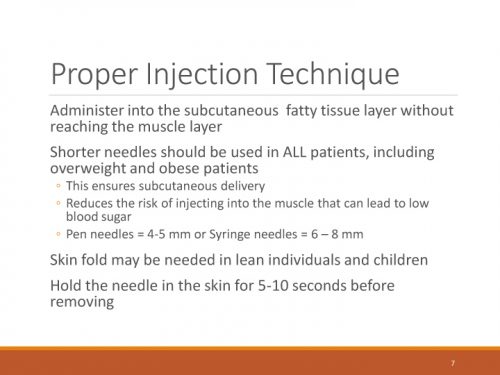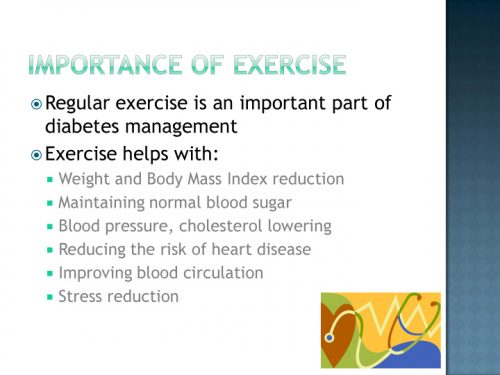Product Description
Diabetes Education Guide
Taking care of your blood glucose is extremely important to feeling in good physical shape and in addition combating repeated risks of high blood pressure. Numerous people have the ability to handle their blood glucose levels with exercising and calorie restriction by itself. Other types might have to use insulin or even various other prescription medications coupled with lifestyle changes. In any event, monitoring your own blood glucose levels is the most essential part of your treatment program.
In the event that you’ve just received a medical diagnosis of having diabetes, supervising your blood sugar level may seem like an overwhelming job, nonetheless once you begin to evaluate your own blood sugar and additionally find out how fundamental it really is, you’ll come to feel more comfortable with the procedure and more on top of your health issues. Testing is important since it guides you on whether or not you’re holding your glucose levels in the range you along with your healthcare professional have agreed on.
The most suitable range for you is dependent upon your get older along with the form of diabetes you actually have. For youthful adults who don’t have additional complications of diabetes, a regular target range might be 80 to 120 mg/dL before meals, and below 180 mg/dL after eating. More mature adults who have complications from their disease might have a fasting target goal of 100 to 140 mg/dL and below 200 mg/dL after meals. That’s because of the fact that blood sugar level that drops down too low in older adults might be far more risky than in the younger people.
A home blood glucose test measures the amount of a type of sugar, called glucose, in your blood at the time of testing. The test can be done at home or anywhere, using a small portable machine called a blood glucose meter.
Home blood sugar testing can be used to monitor your blood sugar levels. Talk with your doctor about how often to check your blood sugar. How often you need to check it depends on your diabetes treatment, how well your diabetes is controlled, and your overall health. People who take insulin to control their diabetes may need to check their blood sugar level several times a day. Testing blood sugar at home is often called home blood sugar monitoring or self-testing.
If you are using an insulin pump or if you use insulin more than once a day, the American Diabetes Association ( ADA ) recommends testing your blood sugar 3 or more times every day. If you use insulin rarely or don’t use it at all, blood sugar testing can be very helpful in learning how your body reacts to foods, illness, stress,exercise, medicines, and other activities. Testing before and after eating can help you adjust what you eat.


